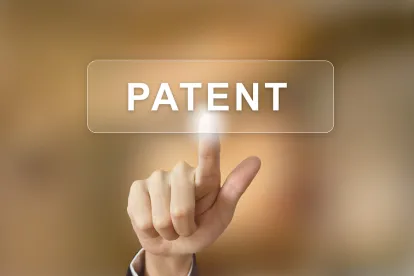In a recent case presenting patent eligibility issues in the context of life sciences technology, the Federal Circuit clarified some limits on the judicial exceptions to 35 U.S.C. § 101, welcome news for patentees dismayed by the dramatic shift in patent eligibility standards wrought by the Supreme Court’s Mayo and Myriad decisions.
In Rapid Litigation Management Ltd. v. CellzDirect Inc., the court considered the patent eligibility of claims reciting methods for preparing cryopreserved liver cells capable of undergoing multiple freeze/thaw cycles. The record showed that before the inventors introduced their method, it was generally believed that such cells could be frozen only once without unacceptable losses in viability. The district court had granted summary judgment of invalidity under § 101, applying Mayo to conclude that the claims were directed to an ineligible law of nature—that hepatocytes can survive multiple freeze/thaw cycles—and that the inventors had simply reapplied well-understood techniques to that law of nature.
The Federal Circuit reversed. The court considered the claims under steps one and two of the Mayo framework, concluding that they satisfied both prongs of the eligibility test. As to step one, the court flatly rejected the district court’s conclusion that the claims were directed to the ability of liver cells to survive multiple freeze/thaw cycles. Rather, the court emphasized that the claims were in fact directed to “a new and useful laboratory technique for preserving hepatocytes,” a “constructive technique” representing precisely the type of claim that is eligible for patenting. The court proceeded to contrast past decisions striking down claims that merely observed or identified an ineligible concept. Here, the claims recited a process “to achieve to achieve a desired outcome,” like other patent-eligible methods for producing things or treating disease.
Although its conclusion on step one was sufficient to end the § 101 inquiry, the court also proceeded to analyze the claims under step two of Mayo. The court held that even if the claims had been directed to a law of nature, they sufficiently improved a technological process to impart patent eligibility. The court focused on the significant benefits of the process over prior art methods. Thus, even though the individual steps of the claimed methods (freezing, thawing, and separating the cells) were known independently in the art, the claimed process of repeating those steps was far from conventional and in fact, yielded results that contradicted the prevailing wisdom in the field.
The decision continues an emerging trend in which the Federal Circuit has begun moving to stem the escalating tide of patent-eligibility challenges. As in other recent decisions like Enfish v. Microsoft and Bascom Global Internet Services v. AT&T Mobility, the CellzDirect opinion overturned a finding of ineligibility and offered powerful new examples and reasoning that patent owners and applicants can look to when crafting patent-eligibility positions.
The Federal Circuit’s decision is available here.




 />i
/>i

